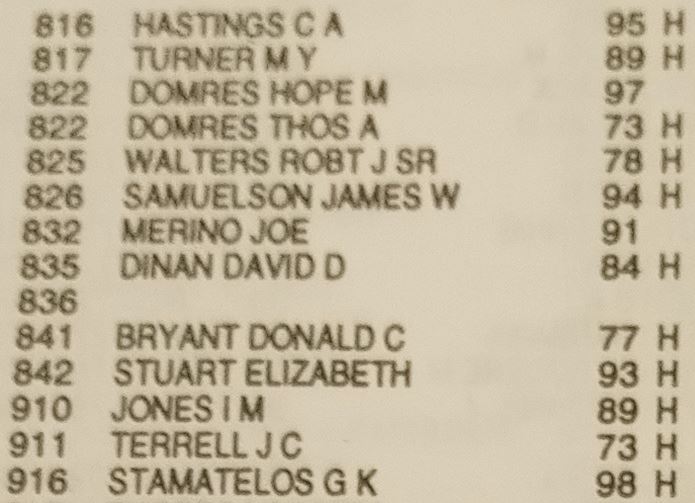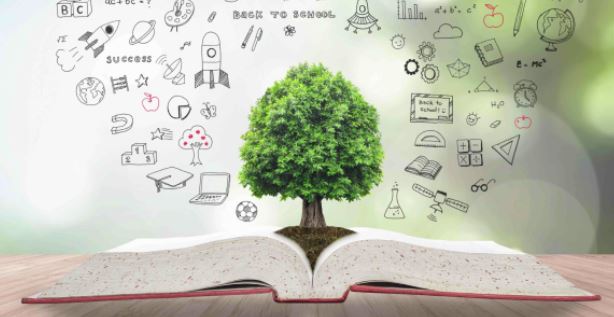I have been so busy the past week! My family and I attended an archaeology camp all week and today is my local genealogy society’s annual conference. I’m blogging today on a previously written article that an organization had no space for as a sidebar. Enjoy!
Without a doubt, heirlooms are loved. Some are valued because they are a tangible connection to a deceased loved one. To others, the object reflects a simpler time or awe that the item survived a specific event. Heirlooms are important to us because they belong to our personal past, marking our family’s social group and reminding us of those caring individuals who came before us. Holding a book that your grandfather used to read to you can ignite a sense of security. Using your great-grandmother’s recipe can provide your whole being comfort. Heirlooms deserve to be treasured!
Here’s how to keep your priceless object preserved for future generations:
Research the item:
- Gather and place in chronological order all stories that have been written about the object. After reading each account, list discrepancies, noting who made the claim. Tales written closest to the time of the event may be slightly more accurate as memories can fade. Keep in mind that eyewitnesses aren’t always credible. A very young child may not understand the situation they are observing; an adult may embellish or fill in what they can’t clearly recall.
- If no stories have been written, write it down! Ask family members for their memories; record or have them write down their version of the item’s history.
- Research names, dates, and places associated with the item as you would while researching your family tree. Think of the heirloom as an extension of your family history.
- Know that some items cannot be fully researched. My great grandmother’s hurricane lamp, purportedly bought in the summer of 1913 at Marshall Field’s in Chicago, had been passed to me with no receipt. I can pinpoint my family to Chicago, have personal knowledge that my grandmother shopped at the store and have the lamp appraised to identify a time range of its origin but it’s unlikely I will ever know for certain where the item was purchased.
Store your item safely:
- Items last longer when stored in climate-controlled conditions that monitor temperature (60-70 degrees Fahrenheit) and humidity (not to exceed relative humidity of 75). In Florida, this likely means don’t store your precious belongings in your garage, attic or shed.
- For paper, photographs, or fabrics, store items in acid free containers.
- Use cotton gloves when handling items that may be damaged by skin oil, such as old photographs, film, or metal. For other items, make sure your hands are clean before touching.
Have an emergency plan:
- List your most irreplaceable items and their location. In an emergency evacuation, your list will be invaluable in making sure you don’t forget a priceless item in your panic. Keep the list with your important papers that you would take with you so you can easily remember what to pack.
- If your item is too bulky to take, have a backup plan to keep it as safe as possible. Place your smaller items in durable plastic storage containers. Wrap larger items in a waterproof tarp. Elevate objects to avoid flood damage. Place them along an inner wall away from windows and doors.
- Make sure items you want passed to the next generation are identified. Keep a copy of your evacuation list with your will, noting the name of who you are bequeathing the object. An alternative is to place a label on the bottom of the object with the name of the original owner, year it was acquired if known and who you’d like the new owner to be. When your loved ones are cleaning up after you, they can easily identify a family memento from a tchotchke. In the meantime, your treasure can be kept in its usual location where you may continue to enjoy it.



